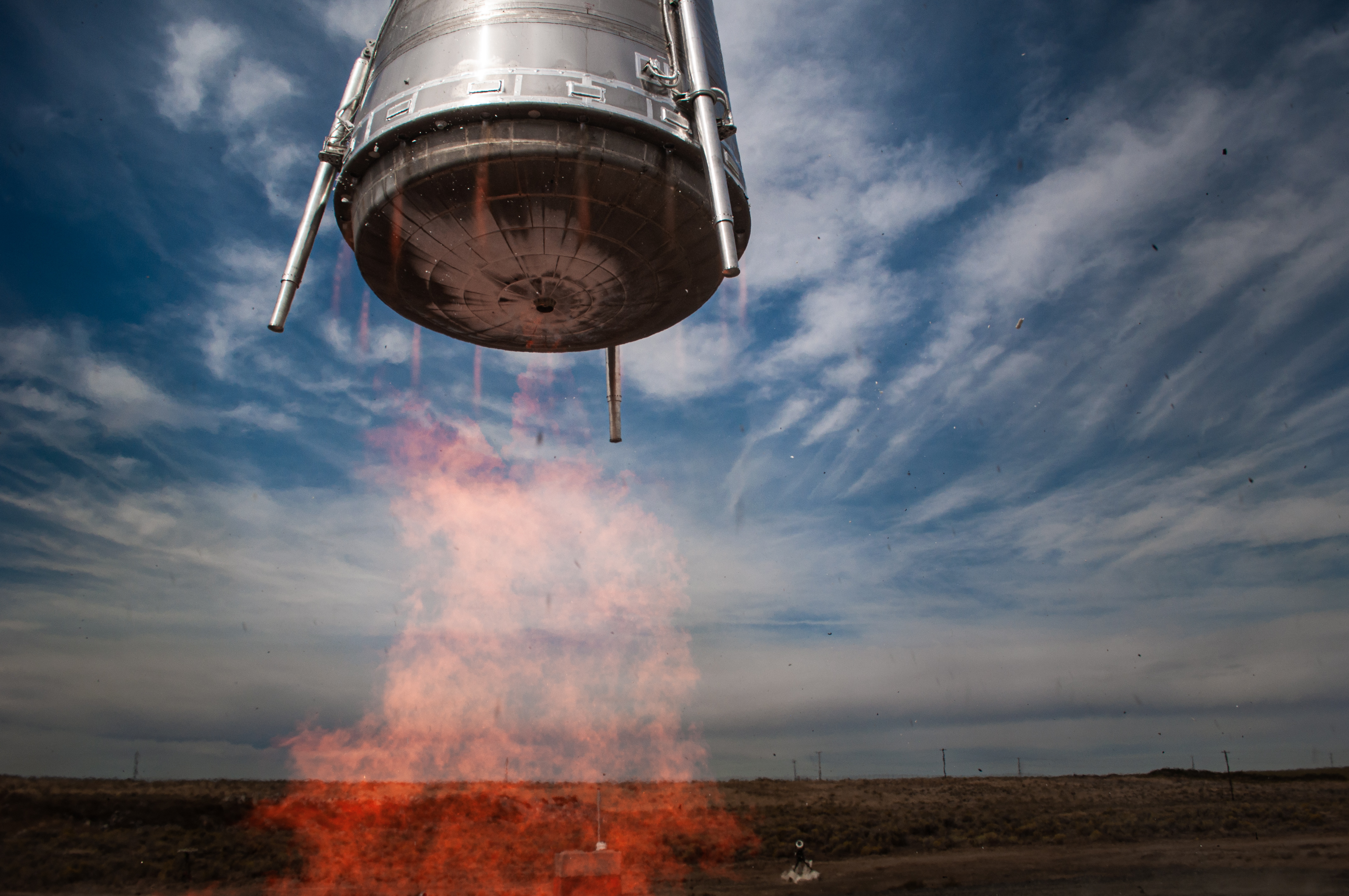Hello, and welcome back to TechCrunch Space. Did you hear? Bridgit Mendler will be joining me onstage at this year’s TechCrunch Disrupt to talk all things ground stations. She’s just one of the incredible space industry entrepreneurs who will be coming this year. Find out more information here. October 28-30 — see you there!
Want to reach out with a tip? Email Aria at aria.techcrunch@gmail.com or send a message on Signal at 512-937-3988. You also can send a note to the whole TechCrunch crew at tips@techcrunch.com. For more secure communications, click here to contact us, which includes SecureDrop instructions and links to encrypted messaging apps.
A pair of Rocket Lab-made spacecraft are about to embark on a two-step journey. The first step is the 55-hour, 2,500-mile stretch from California to the launch site at Cape Canaveral. The second step? Just 11 months and 230 million miles to Mars.
Even more exciting — the mission, commissioned by NASA, with scientific payloads from UC Berkeley’s Space Sciences Laboratory and satellite buses provided by Rocket Lab, will end up costing just one-tenth of other orbiter missions to the red planet. ESCAPADE will launch on Blue Origin’s New Glenn in October, but it will be the first launch of that vehicle, so the date could get pushed back. If they miss the window, we’ll have to wait 26 months for ESCAPADE to launch.

OK, this is NOT a scoop. But I didn’t see anyone else covering the topic, so you might say it’s a bit of an exclusive. And that’s about the draft environmental assessment for Stoke’s launch pad that the U.S. Space Force released last month. These regulatory documents are long and can be difficult to get through, but they do provide unique insights into a company’s near-term plans.
The major gist of the document is that Stoke is pursuing a “phased program approach,” whereby the company first operates a totally expendable vehicle at a relatively low launch cadence (10 launches/year). Phase 2, which would require a supplemental environmental analysis and is not considered in this draft document, would involve the fully reusable rocket.

Now that the Starliner astronauts have been in orbit for over 70 days (even though the original mission was targeting just around a week), it can be hard to keep all the facts straight. I found this short explainer from CNBC’s Michael Sheetz really handy — send it to your inquiring friends and everyone else who is confused about just what is happening way up on the International Space Station.

This week in space history
Instead of looking back, I want to call your attention to some contemporary astronomy news: The next full moon will be a Blue Supermoon. “Blue” because it’s the third full moon in a season of four full moons, and “super” because the moon will be within 90% of its closest approach to Earth. That means it’s going to be HUGE.


